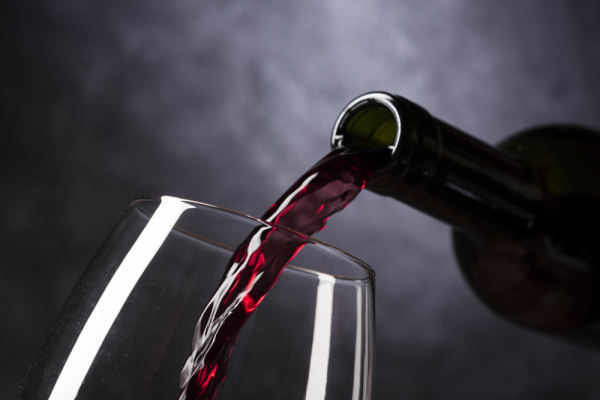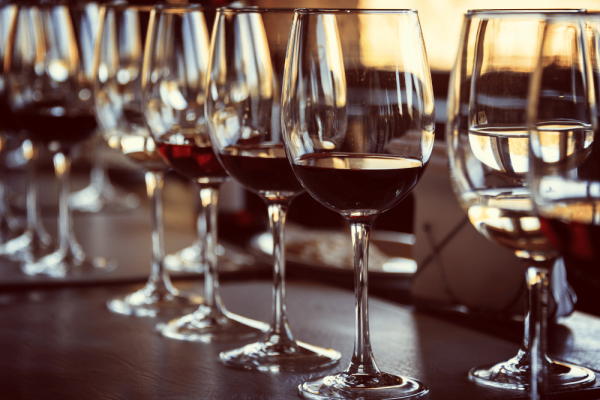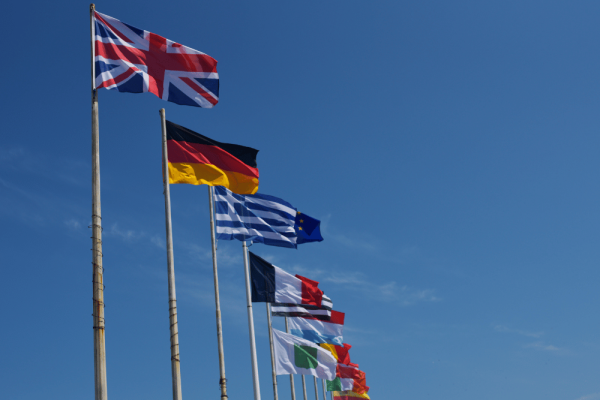Understanding Europe's new wine labeling requirements
The European wine industry is facing a major shift in labeling requirements. From December 2023, new regulations will require wine producers to display more complete and transparent information on their bottles. These changes, stemming from the reform of the Common Agricultural Policy (CAP) and driven by the European Union's “Farm to Table” strategy, aim to better inform consumers about what they're drinking, while harmonizing standards across the EU.
What does this mean in concrete terms?
Until now, the information on wine labels has been limited to the classic data: alcoholic strength, geographical indication, allergens (sulfites, milk, egg), bottler, nominal volume and batch number. With the new regulations, the display of nutritional values and the list of ingredients becomes mandatory.
This additional information will enable consumers to know the precise composition of the wine, particularly in terms of energy (kJ and kcal), sugars, fats, proteins and salt, as well as all ingredients, including additives used during winemaking. This is an important step towards greater transparency and a better understanding of the final product.
Key dates to remember
- December 2023: The new regulations on the display of nutritional values and ingredient lists come into force.
- December 2024: By this deadline, all bottles put on the market after this date will have to comply fully with the new labelling obligations.
It is therefore crucial for wine producers to get organized in advance, in order to obtain the necessary analyses, compile their list of ingredients and decide how to display the information.
Mandatory information: details
1. Nutritional values
Labels must indicate, per 100 ml of product :
- Energy (kJ and kcal)
- Fat (and saturated fatty acids)
- Carbohydrates (including sugars)
- Proteins
- Salt content
2. List of ingredients
All ingredients present in the finished product must be listed, including :
- concentrated grapes and musts
- Additives (preservatives, stabilizers, acidity regulators, etc.)
- Allergenic substances (sulfites, milk, egg)
Non-allergenic processing aids, if not present in the final product, are not considered ingredients.
Display modes: physical label or digital solution
The new regulations leave some freedom as to how this information is displayed. Winemakers can opt for :
- Print on the physical label: All data is directly visible on the bottle.
- A dematerialized solution: A QR code or URL link to a dedicated web page, where all nutritional information and the list of ingredients can be consulted.
The electronic label (QR code) offers great flexibility: it saves space on the label, updates information in real time, and offers additional content (history of the estate, food and wine pairings, etc.).
An opportunity for winegrowers
While this regulatory change may seem restrictive, it also represents an opportunity. By clearly displaying the composition of their wines, producers gain credibility and confidence with increasingly demanding consumers. The obligation to include nutritional information also encourages better management of production, and reflection on the additives and methods used.
In addition, the modernization of labelling is an opportunity to strengthen our presence on international markets, where demand for transparency is very strong. Foreign consumers particularly appreciate easy access, in several languages, to detailed information about the wine they are buying.
Vinesio, your ally in a successful transition
Compliance with these new rules may seem complex, but solutions do exist. Specialized platforms, such as Vinesio, support winemakers every step of the way:
- Simplified data management: Centralize nutritional, ingredient and allergen information.
- QR code generation: Easily create an electronic label adapted to each cuvée.
- Automatic translation: Reach an international audience in 24 languages, with no extra effort.
- Generative AI: Import your analyses and let the platform's artificial intelligence automatically generate the necessary information.
All in all, Europe's new wine labeling requirements mark an important step towards greater transparency, quality and responsibility in the wine sector. Well-prepared and well-supported, producers will be able to turn this constraint into an opportunity, strengthening their brand image and meeting the increasingly demanding expectations of consumers.
Our popular blogs

A truly personalized artificial intelligence for your estate
Company
Social
Fièrement propulsé par DYB 🚀
© 2024 DYB. All rights reserved.




